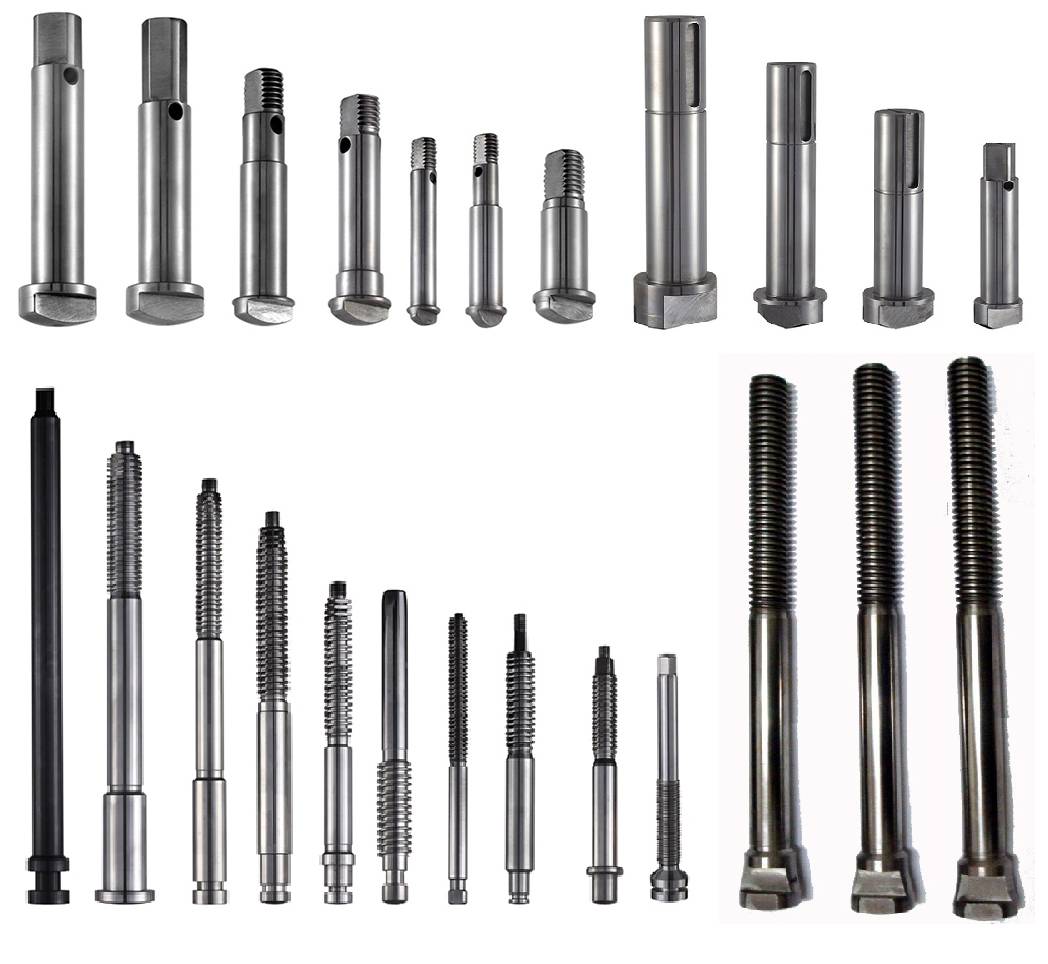Have you ever discussed the most critical part of the valve with your valve stem supplier? In the complex world of valves, the valve stem is an essential component that holds it all together. This valve part is critical to ensure smooth function in your industrial applications.
However, these stems can bend or twist, causing trouble. Why does this happen? Let's dive in to keep your valves at their best. Stresses, harsh settings, and material flaws mix in this puzzle, affecting how valves are made. Knowing these issues helps you keep valve stems tough and ready for action.
Understanding Causes of Valve Stem Deformation
Understanding why valve stems warp is vital for keeping valve setups solid. The stem connects the control part to the valve, moving it to open or shut. When stems warp, the whole system can fail. In such situations, stress from tension, pressure, strain, and constant friction against other parts can wear stems out.
Valve stem deformations occur mostly when:
- The force becomes too intense, especially at the stem's thread ends.
- The valve's body design heats up or has uneven pressure.
Knowing these facts helps you spot and stop stem troubles. Fortunately, valve technology is also getting better at fighting these risks.
Stress Concentration: A Cause for Valve Stem Deformation
When threads bunch up in the valve, it can lead to stem warping. The threads' ends are weak spots where breaks can happen. This is most likely when you open the valve before the gate lifts from its seat. This shows how crucial these stress spots are.
But running the valve adds more force, possibly causing extra problems. Keep an eye on how the valve works when thinking about its health.
Valve Operation and Stem Breakage Causes
Ever seen a stem snap when opening a valve? This can happen when the internal pressure in the valve exceeds the pressure coming in. Increase in valve body temperature can also strain the stem, making it warp or snap. Remember that the valve's design is critical when considering these functional issues. Knowing this helps you keep your valve setups solid.
Thermal Expansion Effects on Valve Stems
When handling valves, you must know how heat changes can warp stems. Metals swell when the temperature increases. Even the most minor temperature changes can affect stem materials.
Pressure Differentials Impacting Valve Stems
Pressure differentials happen when the pressure inside the valve doesn't match the outside or other system parts. This can strain the stem and cause warping.
One case is when the pressure in the valve's middle cavity increases beyond the incoming pressure. This can be from heat or shutting the valve too fast, causing pressure to spike. The stem may not handle this sudden pressure spike.
Knowing these pressure challenges helps you pick robust materials and smart designs.
Also read: Enhancing Valve Performance: Mastering Valve Stem Sealing Best Practices
Advancements in Valve Stem Technology
Advanced valve stem technology has brought forth innovative designs that reduce stem warping. The changes include:
- Better material strength with new mixes and making methods.
- Robust makes for handling sudden force or shocks.
- New materials and coatings to prevent rust and corrosion,
Teaming up with cutting-edge valve stem suppliers, these tech moves are vital for keeping stems in shape. They also enhance your whole valve setup.
Material Selection for Corrosion-Resistant Valve Stems
Picking a suitable stem material is critical, especially for fighting rust. Stems need to last in all sorts of rust-causing applications. Although stainless steel is a go-to option for fighting rust, you may require other options in extreme applications.
AlterValve sources top-tier industrial valves and parts from global leaders, customized for various sectors like power plants, oil and gas, and petrochemicals across China, India, and Russia. Our steadfast dedication to quality and safety ensures that our products maintain superior standards, delivering dependable performance across industries.
Innovative Manufacturing Processes for Valve Stems
Of late, CNC ( Computerised Numerical Control) technology has changed the valve manufacturing scenario, letting makers shape stems with exact care. This accuracy is vital for threads, which is a big part of valve stem efficiency.
Forging has also helped in making more durable and robust valve parts.
By using these new ways, the field is improving and making stems that last and work well. Working with a valve stems supplier who knows precision making means you can use these new processes for tougher stems.
Comparing Valve Stem Manufacturing Techniques
To understand how stem making has changed, let's look at old and new ways:
- Old ways like spiral knives and two-hold methods had accuracy and quality problems.
- New methods like self-made push, CNC, and forging have enhanced thread strength, accuracy, and affordability.
These new methodologies raise the bar, ensuring stems can handle safety and smooth work needs.
Forging Ahead in Valve Stem Resilience and Reliability
At the heart of the valve is the stem, a critical component for your tasks. From picking robust valve materials to implementing innovative manufacturing methods, your foresight can turn troubles into industry wins.
The road to better valves is yours, with steady steps and fresh ideas. Get in touch with trusted industrial valve suppliers to learn more about backing up stem toughness and trust for the road ahead.
